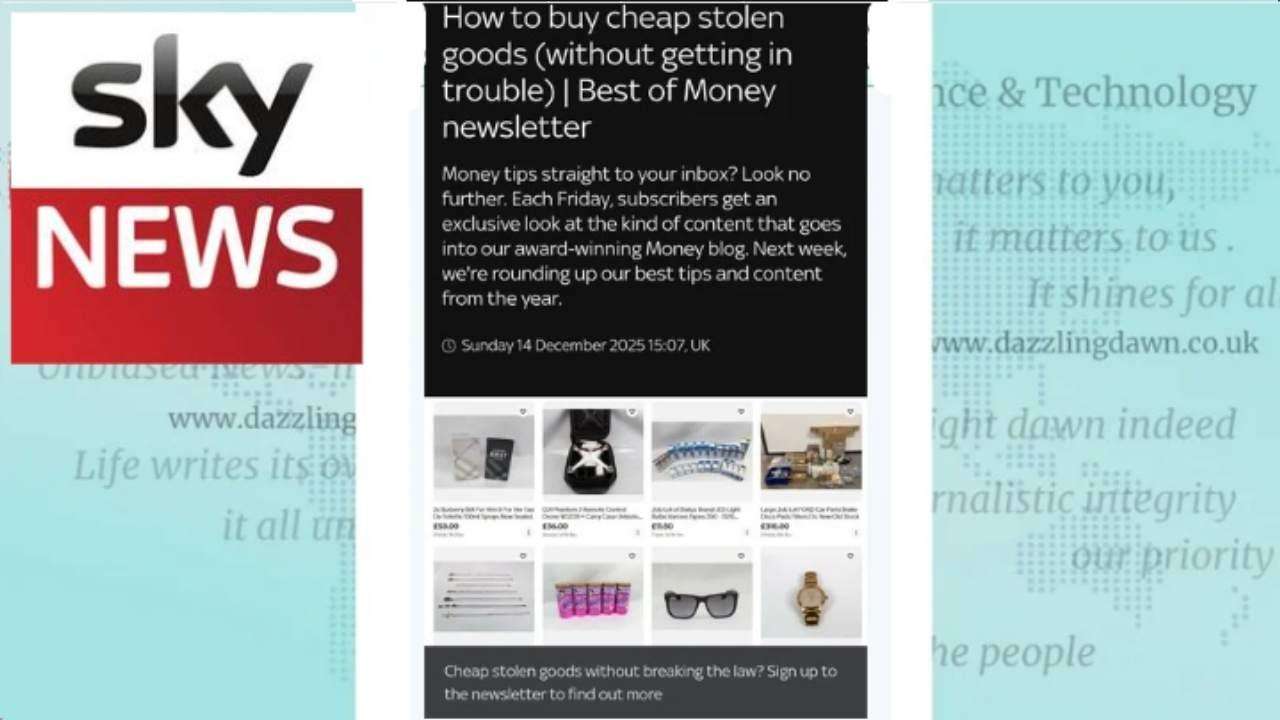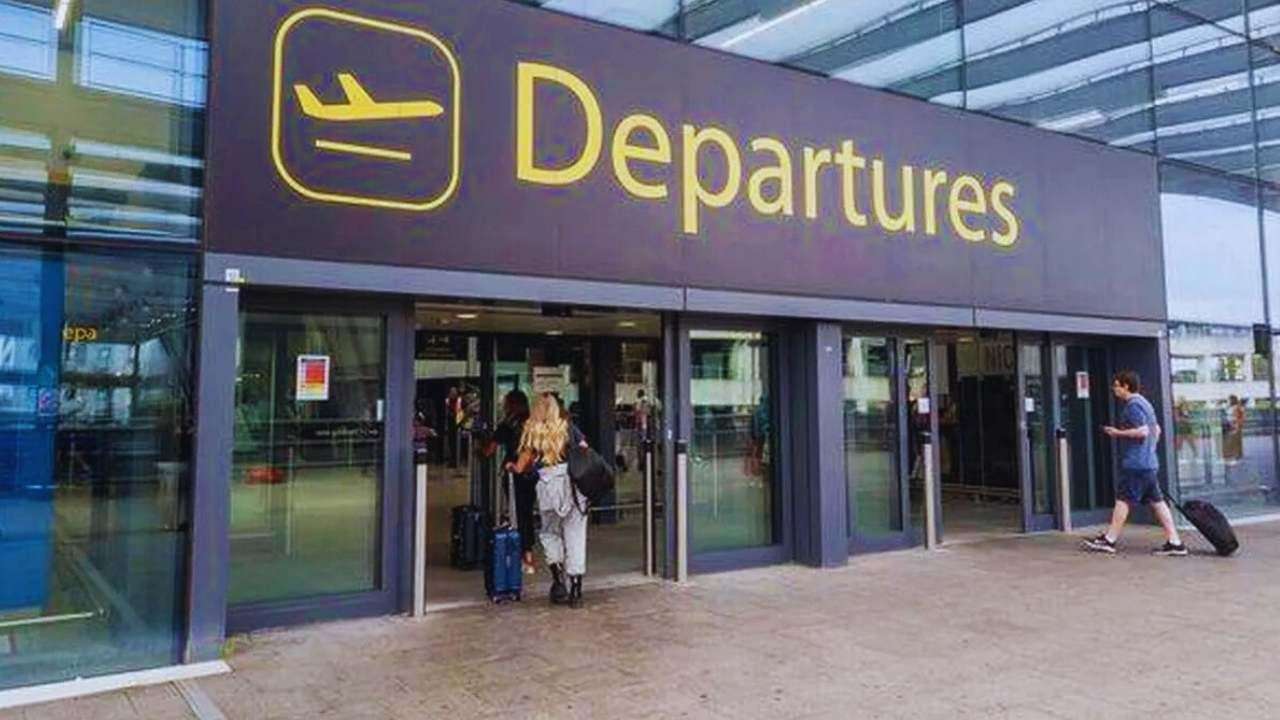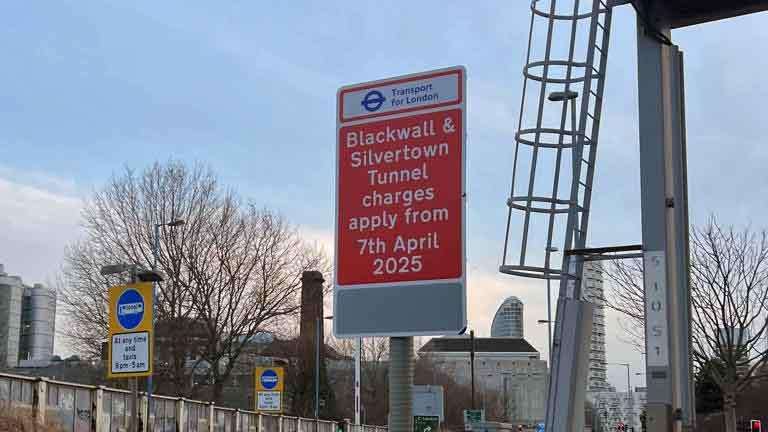The introduction of tolls at the newly-opened Silvertown Tunnel and the historic Blackwall Tunnel has resulted in an alarming crisis, particularly for residents of East London and Tower Hamlets. Over 500,000 motorists have been fined since charges began on April 7th, with nearly half a million Penalty Charge Notices (PCNs) issued by mid-August alone.
Financial Impact and Confusion
- Massive Fines: The fines, which have a maximum face value of almost £85 million, are generating significant revenue for Transport for London (TfL). TfL's income from road and tunnel charges since April is £401 million—£64 million more than expected, attributed largely to higher ULEZ and tunnel enforcement income.
- Local Motorist Burden: Approximately 230,000 of the penalty tickets were issued to London-registered vehicles, putting a considerable financial strain on local residents, many of whom are already grappling with the high cost of living. Tower Hamlets and other adjacent East London boroughs (like Newham, Greenwich, and Lewisham) are disproportionately affected as their residents rely heavily on these crossings for work and essential journeys.
- Signage and System Confusion: City Hall Conservatives and frustrated drivers, including leader Susan Hall, point to poor road signage as a major factor. Compounding this is confusion over the TfL AutoPay system, which is required to access the lower off-peak charge of £1.50 and automatically deducts the full £4 peak charge (£1.50 off-peak) from registered accounts. Drivers have until midnight on the third day after their journey to pay before a fine is issued.
Traffic Congestion: A Shifting Problem
The Silvertown Tunnel, built at a cost of £2.2 billion and designed to ease Blackwall Tunnel's chronic congestion, has seen some success, but has also shifted traffic elsewhere:
- Improved Peak Flow: Northbound Blackwall Tunnel traffic is reportedly moving at 30mph during the morning rush hour, three times quicker than before.
- Displaced Traffic: Cross-river traffic has increased at the Rotherhithe Tunnel and the Woolwich Ferry, both of which remain free, indicating that the charges are simply pushing congestion to alternative, free crossings.
The Solution: Clear Communication, AutoPay Reform, and Local Exemptions
While the user charge is TfL's mechanism to restrict traffic and repay the tunnel's construction cost, the scale of the fines and the burden on local drivers demand immediate, focused solutions.
1. Immediate Solutions for Drivers and Communication
- Mandatory Clear Signage Upgrade: TfL must urgently review and significantly improve all approach road signage leading to both tunnels, making the tolls mandatory, the cost, and the payment methods absolutely unambiguous well in advance of the crossing.
- AutoPay System Simplification: The AutoPay system needs to be made simpler and more intuitive. Consider a simplified registration process and wider adoption of alternative, modern payment methods (e.g., contactless payment at the barrier, though this goes against the free-flow design).
- Grace Period Extension/Local Discount: Given the high rate of fines, especially among local drivers, TfL should consider:
- Implementing a permanent, substantial discount or exemption for registered residents of the closest affected boroughs, such as Tower Hamlets, Newham, Greenwich, and Lewisham. This would ease the crisis for those reliant on the crossing for short, essential journeys.
- Re-introducing an extended warning period for first-time offenders who live locally, prioritising education over immediate financial penalty.
2. Long-Term Solutions for Traffic and Transport
- Reinvesting Fine Revenue Locally: Activist groups advocate for using the significant revenue generated from fines and tolls to directly incentivise public transport and active travel in East London. Specific proposals include:
- Funding a much-needed new cross-river cycling and walking bridge in East London.
- Subsidising bus travel further, such as extending the age of free bus use to 22.
- Public Transport Priority: The SL4 Superloop bus route now uses the Silvertown Tunnel, providing a key alternative. TfL must ensure these routes are frequent, reliable, and well-publicised to truly compete with car travel, fulfilling the tunnel's goal to support thousands using public transport.
- Exploring Non-Car Repurposing: In the long term, City Hall should formally reassess the tunnel's usage, as some groups believe it should be repurposed solely for buses, cycling, and active travel to fully meet London's climate and congestion goals.








.svg)

_4.jpg)